It’s hard to think about everything you might need in a kitchen. Pots, pans, knives, oven mitts, the list never ends. But once you have all the classic basics, what’s next for you? How do you take your kitchen to the next level? I’m not talking about buying a $400 chef’s knife, I’m talking about the items you need to take your cooking from microwaving cup-of-noodles to gorgeously upgraded store bought ramen. Below are our top 5 picks for “next level” kitchen items.
1. Instant Read Digital Thermometer
Once you realize that cooking meat is basically a temperature equation the next phase of your life begins. If you haven’t read my love letter to the digital thermometer, here is the abridged version. I used to be so afraid of cooking steak because I didn’t want to overcook it and serve a rubbery brick or undercook it and serve a bloody mess. I actually learned that a meat thermometer is key through one of those pre-measured-easy-to-cook meal delivery boxes. It made all the difference in my cooking confidence to be able to lean on a numerical sous chef telling me my steak was perfectly medium-rare.
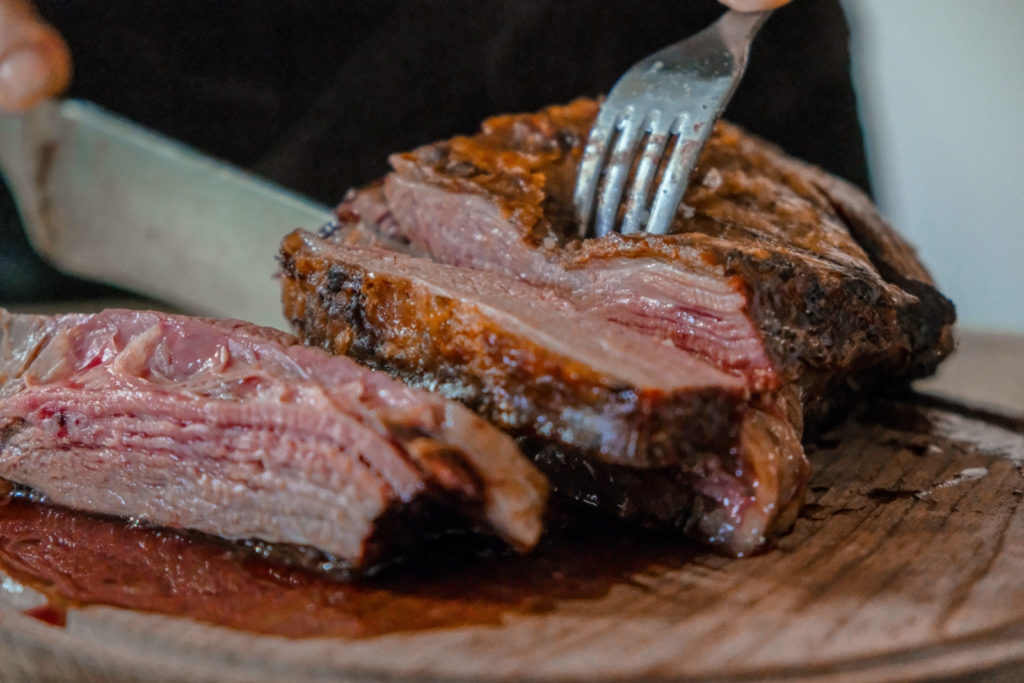
Now, I use a meat thermometer less than I did when I first started cooking because I have an easier time telling the done-ness of my meat. I still use it for steak because the steaks are so high (see what I did there?) with an expensive cut of meat that’s usually being made for a special occasion. The possibilities are endless with a digital thermometer, get ready for perfectly baked bread, silky custards, and gorgeous caramels, along with that ideally cooked meat.
2. Kitchen Tongs
Kitchen tongs are a staple in our recipe videos for a reason. At their best they are an extension of your arm and at their worst they are convenient. In my first kitchen I didn’t bother with buying tongs since they seemed bulky to store and inconvenient to wash. When I started using them I never went back. I won’t say that the possibilities are endless, but they are plentiful.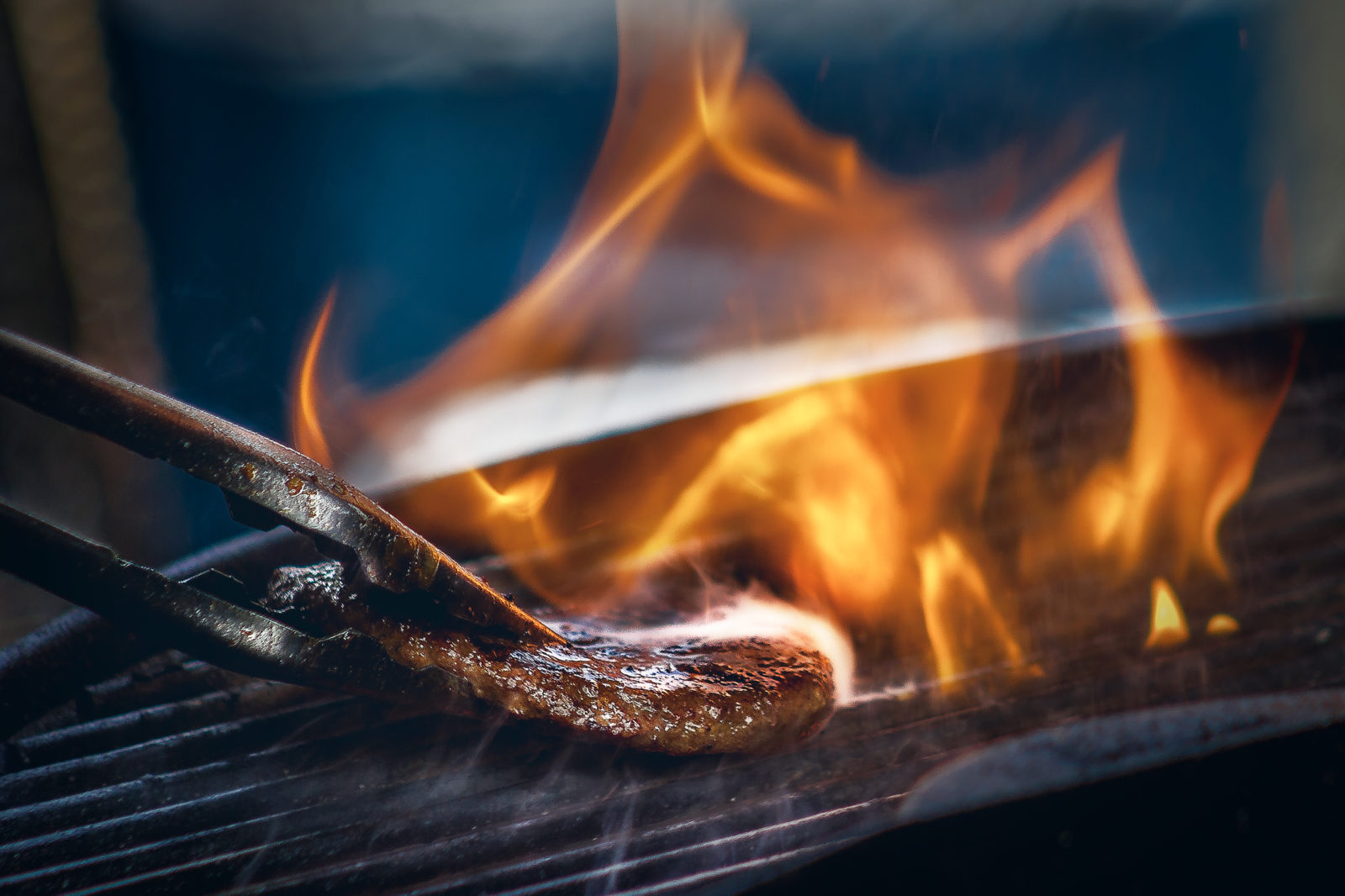
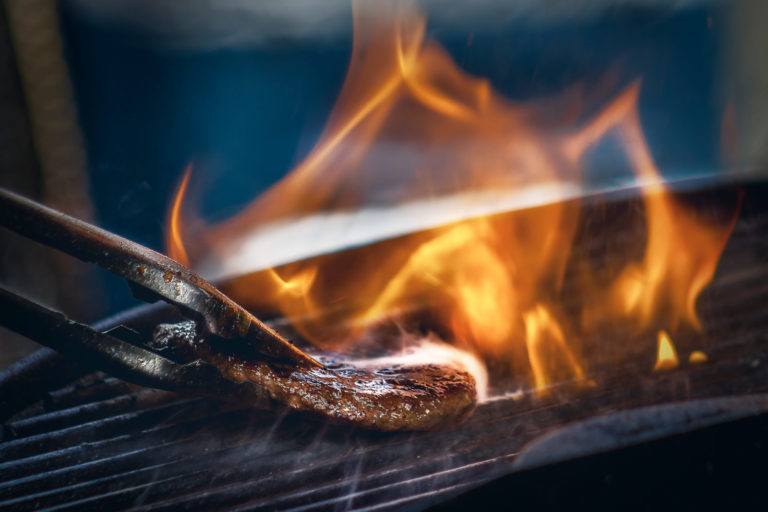
Don’t bother buying a separate juicer for your lemons, just wedge a lemon half between the tongs and you’ll be making lemonade in no time at all. You can use them as bottle openers, a tool to reach high shelves, or to simply toss a salad. Why mess around with wooden spoons or spatulas to try and flip your food when tongs are far more dexterous. Do yourself a favor and start using tongs in your everyday cooking immediately.
3. Kitchen Scale
If you want to feel more confident in your baking and take your breads, cookies, and pastries to the next level, you must invest in a kitchen scale. There’s something fundamentally lacking in the American system of measuring in cups. Across the world, everyone else is cooking in grams and we’re stuck in the past with our methods. Take for example measuring flour. For the first 20 years of my life I didn’t believe that dry vs liquid measuring cups made a difference. For some reason I thought that “big measuring cup” was just trying to get me to buy more things to clutter up my tiny college apartment. But flour is finicky and I eventually was convinced by a roommate that dry measuring cups are superior.
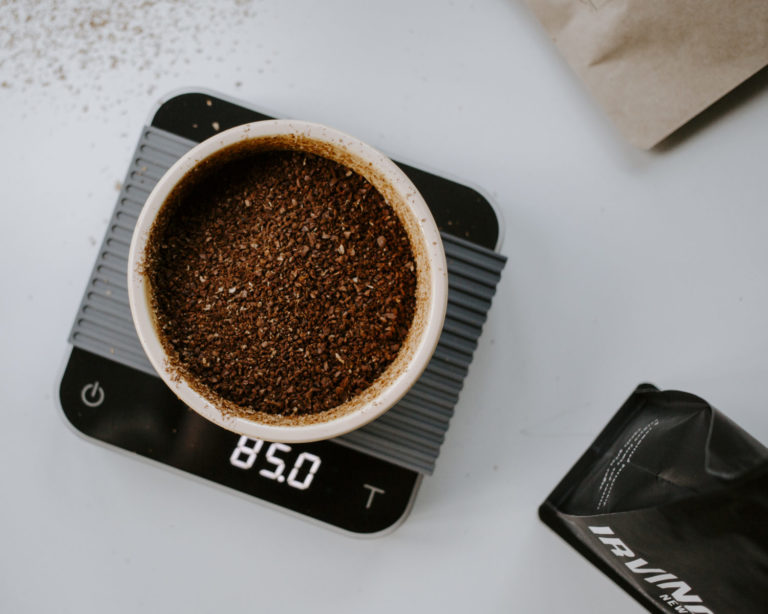
The reason for this is because you don’t want to pack the flour into a measuring cup. This is something you don’t need to worry about with a kitchen scale. Use whatever measuring method you prefer because no matter how much you pack that flour in it will always weigh the same. Don’t get me started on how many fewer dishes you will have to wash when you can measure all your ingredients by simply zero-ing your scale and adding everything to one mixing bowls.
4. Knife Sharpener
I’m not going to tell you to go out and buy a set of expensive knives, because that’s not what Meal Studio is about. Everyone knows that a really nice knife is key, it’s a matter of justifying the cost of a $300 chef’s knife when you have rent to pay. So while you save up for upgrades for your kitchen basics, may I recommend a $5-$20 countertop knife sharpener?
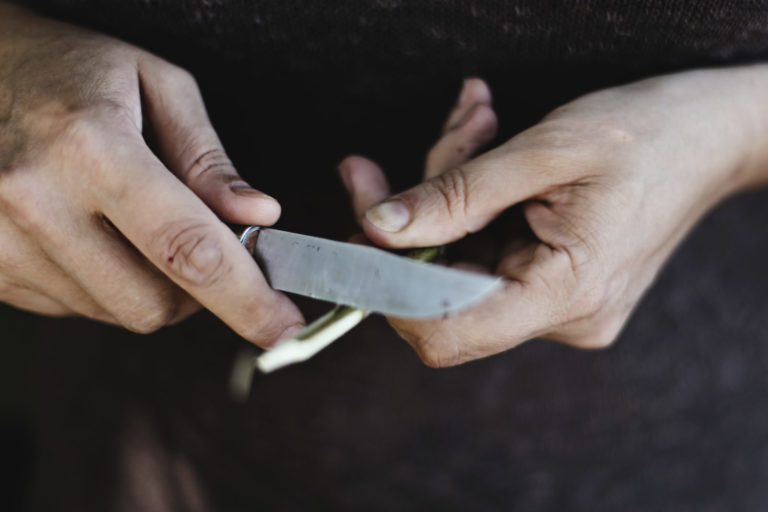
A dull knife makes cooking harder than it needs to be, and regularly sharpening the knives you already own can be the difference between cutting open a butternut squash with ease and yelling in frustration after 5 minutes of struggling. Sometimes I don’t follow my own advice and still find myself battling a spaghetti squash, like last night, and wondering to myself if I wasn’t better off just making regular spaghetti. By keeping your knives sharp, you can cut down on prep time, difficulty, and kitchen injuries.
5. A Dutch Oven
Dutch ovens are like a slow cooker’s more grown up and sophisticated older sister. She’s slightly more mature but still approachable and easy to work with. Cooking soups or pasta sauces low and slow is it’s specialty but you can also use it to sear meat for a mean stew and make impressive hearty loaves, which you can’t do in a slow cooker. I prefer an enameled dutch oven, which is technically called a french oven, because I don’t need to worry about seasoning a raw cast iron pot. However, enameled or unenameled, you’ll be getting incredible results with a dutch oven. The heavy bottom makes for a great heat distribution so you don’t need to worry about some of your dish cooking faster than others.
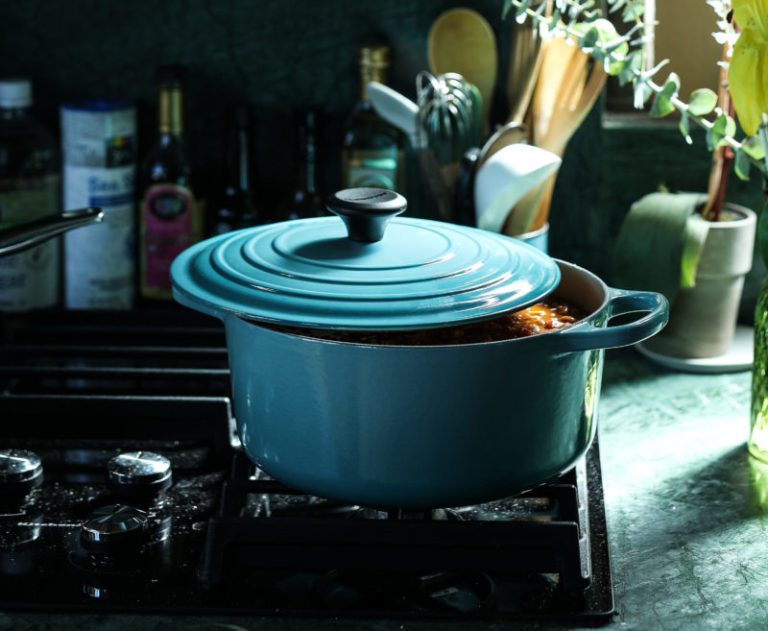
If you’ve ever wondered how people get those scrumptious crusty artisan loaves from their home kitchen, it’s a dutch oven. I can promise that nothing compares to the delight of being able to make a bakery-level crusty loaf at home, it is so impressive yet so easy. Investing in a dutch oven can be as cheap as $50 if you’re stealthy, so no need to buy a Le Creuset immediately (regardless of how nice they look on instagram). A dutch oven should last you forever, I know people that have been passed down dutch ovens from their grandma’s, so ideally this purchase should be worth your money since it will probably outlive you. Go ahead and invest.
